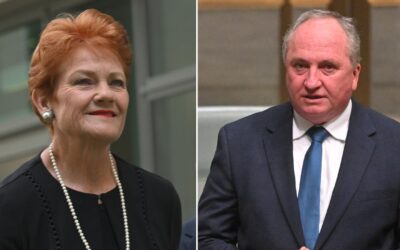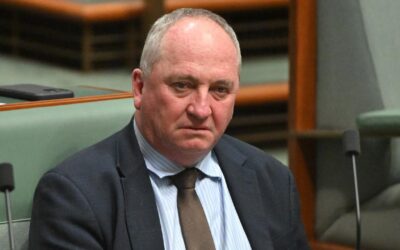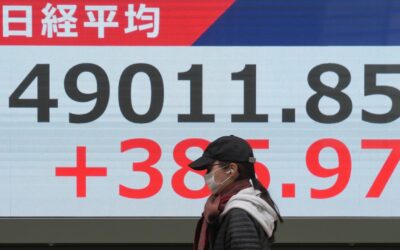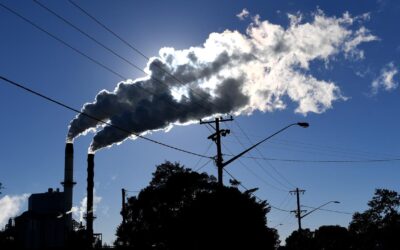Sorry, that’s old news…
You’ve found an older news story. We delete stories from our AAP News Feed after two months. But fear not, here’s today’s news!

As Nationals defector Barnaby Joyce weighs joining Pauline Hanson in One Nation, a former colleague questions ...

As the popularity of Black Friday and Cyber Monday sales grows, so does the sophistication of tools used to ...

Major environmental law reforms are unlikely to derail projects already in the approvals pipeline despite industry ...

Japan's Asahi warns that customer and employee data might have been exposed in a cyberattack from which the ...

Nationals MP Barnaby Joyce has quit the rural party he previously led but hasn't confirmed a speculated jump to ...

Asian stocks shine as US rate cut expectations grow; Yen frail as intervention focus sharpens; Eyes on China ...

Christchurch-based Ryman Healthcare's business has stabilised, the dual-listed retirement village operator's chief ...

Australia has logged progress on emissions in 2025 with the energy minister declaring the nation on track to meet ...
No results found.
Background image courtesy victoriancollections.net.au